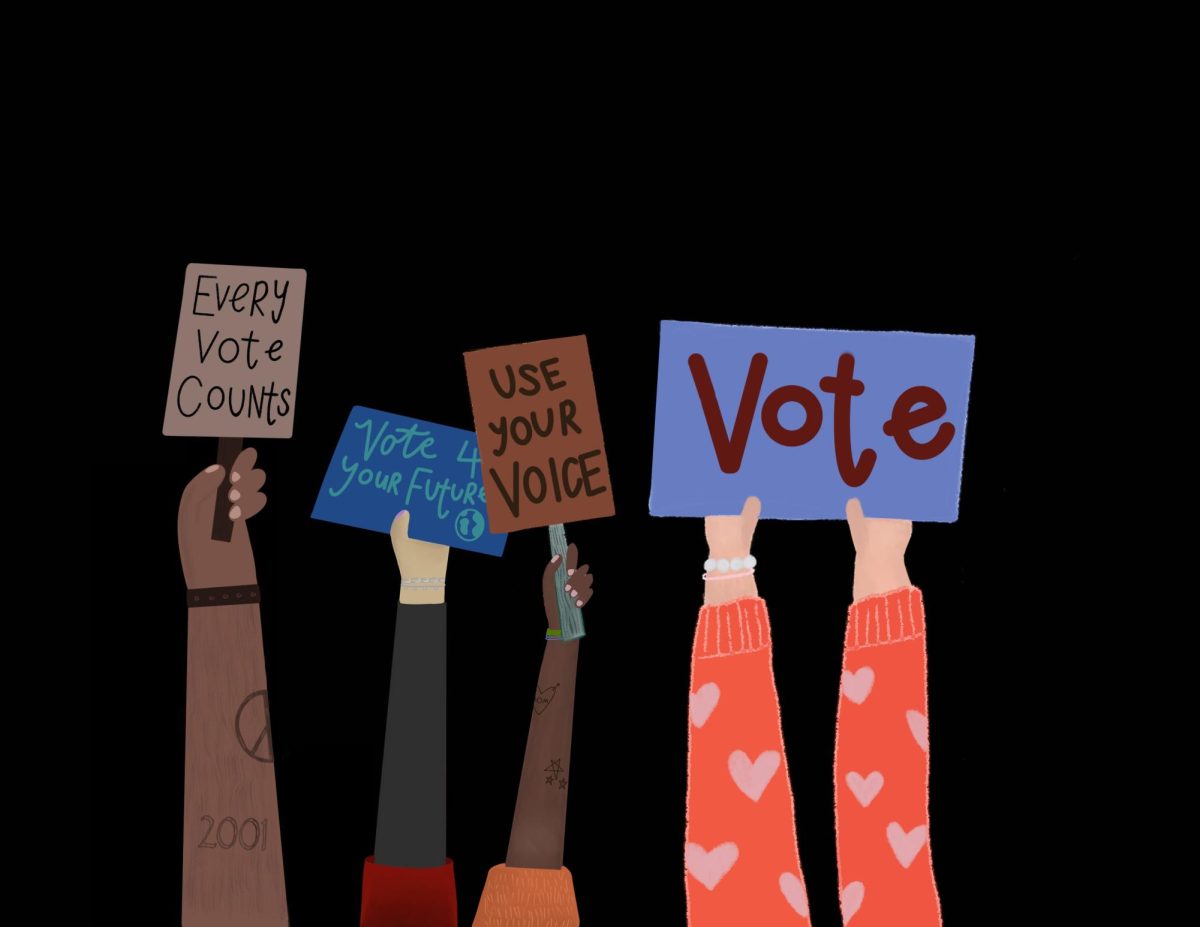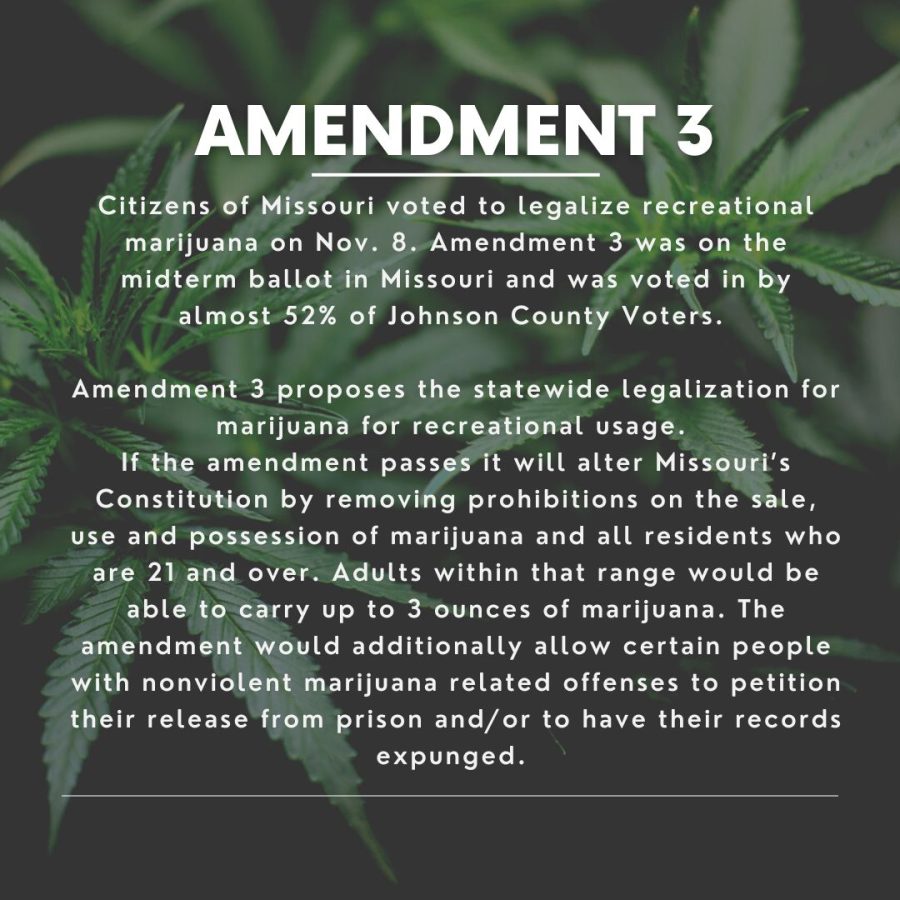(KANSAS CITY, Mo., AP) — The Nelson-Atkins Museum of Art in Kansas City employed several of the people portrayed in the new movie, “The Monuments Men,” which tells how they worked to save art threatened during World War II.
Under orders from President Franklin D. Roosevelt during World War II, men and women in the Monuments Men program saved more than 1,000 years of culture from the Nazis and others. The Nazis stole millions of European masterpieces, and as Hitler’s regime began to fall, the German army had orders to destroy the artworks. In Asia, ancient art was also left vulnerable to invading armies and looting.
“The Monuments Men” movie, which opens Feb. 7, is based on the book “The Monuments Men: Allied Heroes, Nazi Thieves and the Greatest Treasure Hunt in History” by Robert Edsel. George Clooney co-wrote and directed the film. He also stars with Matt Damon, Bill Murray and John Goodman.
“The Monuments Men are a group of museum directors, curators, art historians and artists — men and women who volunteered for service to be a new kind of soldier, one charged with saving, and not destroying,” Edsel told The Kansas City Star.
Six of the more than 300 men and women in the Monuments Men program either worked for the Nelson-Atkins Museum or had strong ties to the museum. Two Monuments Men, Paul Gardner and Laurence Sickman, were the first two directors of the Nelson-Atkins. After the war, they helped the museum amass one of the more significant Asian art collections in the world.
Other Monuments Men attached to the Nelson-Atkins are Patrick J. Kelleher, who later became the museum’s first curator of European art. Langdon Warner, who Edsel said persuaded the U.S. military not to heavily bomb the cultural Japanese cities of Kyoto and Nara, was an adviser to the Nelson-Atkins before the war.
Otto Wittmann Jr. was the museum’s first curator of prints and worked for the U.S. Office of Strategic Services, which prosecuted art looters after the war and was a precursor to the CIA. And James A. Reeds, a chief clerk at the U.S. military headquarters in Germany, handled messages from Allied forces when they discovered artwork or monuments that needed attention. Reeds later served as a museum docent.
To honor the group’s achievement, the museum is creating a display of manuscripts, newspaper clippings, postcards and biographies of the gallery’s Monuments Men.
Julian Zugazagoitia, the Nelson-Atkins’ director and CEO, says the movie will bring art history alive.
“It’s thrilling indeed that out of a great book comes now a riveting film — one that for many will bring these great heroes back to life,” he said.
“The Monuments Men” movie, which opens Feb. 7, is based on the book “The Monuments Men: Allied Heroes, Nazi Thieves and the Greatest Treasure Hunt in History” by Robert Edsel. George Clooney co-wrote and directed the film. He also stars with Matt Damon, Bill Murray and John Goodman.
“The Monuments Men are a group of museum directors, curators, art historians and artists — men and women who volunteered for service to be a new kind of soldier, one charged with saving, and not destroying,” Edsel told The Kansas City Star.
Six of the more than 300 men and women in the Monuments Men program either worked for the Nelson-Atkins Museum or had strong ties to the museum. Two Monuments Men, Paul Gardner and Laurence Sickman, were the first two directors of the Nelson-Atkins. After the war, they helped the museum amass one of the more significant Asian art collections in the world.
Other Monuments Men attached to the Nelson-Atkins are Patrick J. Kelleher, who later became the museum’s first curator of European art. Langdon Warner, who Edsel said persuaded the U.S. military not to heavily bomb the cultural Japanese cities of Kyoto and Nara, was an adviser to the Nelson-Atkins before the war.
Otto Wittmann Jr. was the museum’s first curator of prints and worked for the U.S. Office of Strategic Services, which prosecuted art looters after the war and was a precursor to the CIA. And James A. Reeds, a chief clerk at the U.S. military headquarters in Germany, handled messages from Allied forces when they discovered artwork or monuments that needed attention. Reeds later served as a museum docent.
To honor the group’s achievement, the museum is creating a display of manuscripts, newspaper clippings, postcards and biographies of the gallery’s Monuments Men.
Julian Zugazagoitia, the Nelson-Atkins’ director and CEO, says the movie will bring art history alive.
“It’s thrilling indeed that out of a great book comes now a riveting film — one that for many will bring these great heroes back to life,” he said.




